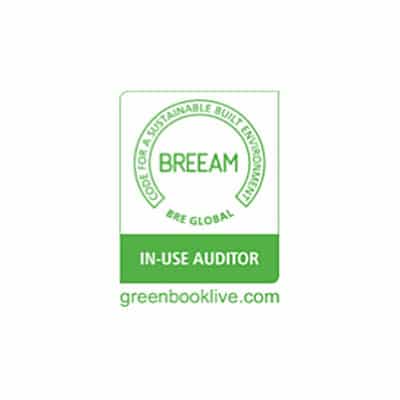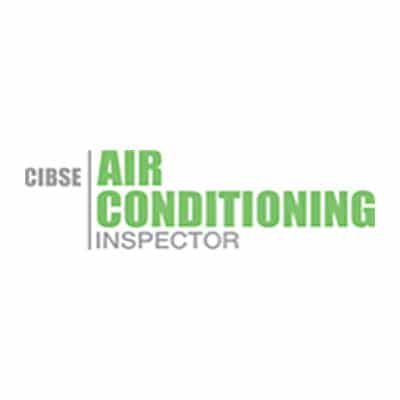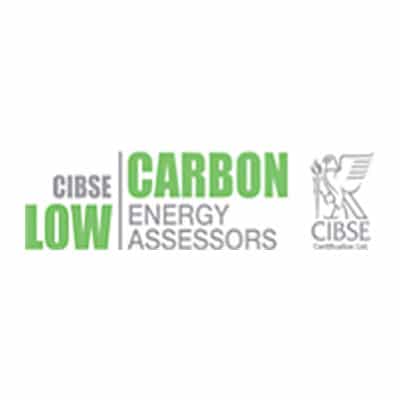TM44 Inspection Regulations: What, when and how..
TM44 Inspections and TM44 certificates are required every 5 years for air conditioning systems with cooling outputs greater than 12kW.
We provide guidance on the TM44 Regulations in England and Wales, and the TM44 inspection certificate and report compliance requirements.
Why choose us for compliance with the TM44 inspection certificate Regulations?
Smart GreenTech Solutions provides fast and efficient TM44 inspections by qualified and experienced engineers at very competitive prices.
We will ensure compliance with the TM44 Regulations with the least possible disruption to your business.
We have extensive experience of completing TM44 audits in London and across England and Wales.
Our CIBSE accredited low carbon energy assessors will provide you with practical and cost effective recommendations to improve your energy efficiency.
TM44 inspections are conducted by qualified air conditioning engineers, with extensive operating and maintenance experience of air conditioning systems.
Our TM44 certificate and report also includes a compliant F-Gas Register template.
To always provide our clients with the best advice and support our TM44 assessors conduct annual CPD training.
We also provide a range of compliance plus optimisation services on air-conditioning and ventilation systems as indicated below;
Explaining the TM44 Inspection and TM44 Regulations

What is TM44?
CIBSE Technical Memorandum number 44 - TM44 was published by The Chartered Institute of Building Services Engineers (CIBSE).
TM44 provides guidance on good practice air conditioning inspection procedures and an approved inspection methodology for compliance within the UK.
A TM44 inspection reports on how well the air conditioning system is maintained, operated and controlled.
There is a level 3 and level 4 type of air conditioning inspection.
The level 3 TM44 covers simple packaged type cooling systems and the level 4 covers complex centralised systems.
It must be noted that any level 3 air conditioning system serving a space that is also ventilated by a centralised mechanical ventilation system that includes a heating coil (irrespective of whether the ventilation system includes a cooling coil) requires a level 4 inspection.
The person who has both technical and financial control of the air conditioning system is the operator and responsible person.

What does a TM44 inspection cover?
A TM44 inspection examines the refrigeration, air, water and controls sub-systems of the air conditioning system.
During the inspection, equipment sampling is applied line with the guidance provided in TM44, as indicated below.
All central chiller plant shall be inspected.
A minimum of ten or 30% of all central air handling plant, whichever is the greater.
This also applies to central air handling plant which does not deliver cooling but serves an area which is cooled.
A 2% sample of the total number of indoor terminal units must be inspected, with a minimum of five units.
Terminal units include VAV terminals, fan coil units or chilled beams, local heat recovery and ventilation units.
Where a system has multiple packaged units, then 10% of the total number of outdoor units must be inspected.
In the above scenario a minimum of three outdoor units must be inspected and an equal number of indoor units.
It will also examine maintenance and F-Gas leak check documentation to determine scope and frequencies.
The TM44 assessor is also required to estimate whether the air conditioning system is suitably sized for the cooling load.
Provide advice on how the loads, associated energy consumption and costs can be reduced in the TM44 report.

How often should a TM44 inspection be completed?
In England and Wales systems with a cooling capacity greater than 12kW required a first inspection by 4 January 2011.
All systems with a rated cooling output greater than 12kW need TM44 Inspection every 5 years.
The 5 years applies from the systems commissioning date.
Where multiple split type units are installed, then the cooling capacity is the sum of all outdoor unit cooling capacities.
If the total cooling capacity is greater than 12kW, then the building needs a valid TM44 inspection certificate and report.

Statutory lodgement of your TM44 inspection certificate and report
From 6 April 2012, it became mandatory to lodge all TM44 air conditioning inspection reports in England and Wales.
TM44 inspection certificates and reports must be lodged on the Government's non-domestic energy performance register to generate certificates and reports.

Who can conduct a TM44 Inspection?
TM44 inspections can only be conducted by TM44 air conditioning assessors who are members of an approved accreditation scheme.
Level 3 assessors can only inspect packaged type cooling systems and level 4 assessors can inspect packaged and centralised systems.
Consultation on proposed changes to the Energy Performance of Buildings (England and Wales) Regulations 2012 to transpose part of the Energy Performance of Buildings Directive ((EU) 2018/844).
The EU EPBD (Energy Performance of Buildings Directive) 2010 required that member states implement for regular air conditioning inspections.
Part 4 of The Energy Performance of Buildings (Certificates and Inspections) (England and Wales) Regulations 2012 sets out inspection requirements.
The policy objectives were to effectively transposition Energy Performance of Buildings Directive 2018/844 (EU) for air-conditioning inspections into UK regulations.
Our obligations under the withdrawal agreement, was to improve energy efficiency of air-conditioning systems and reduce emissions from UK buildings.
The consultation proposed to increase the 12kW threshold systems with an effective rated output of more than 70kW.
After industry engagement and consideration of the wider climate change targets, the UK Government retained the 12kW threshold.
Retaining the threshold for TM44 inspections supports the Governments commitment to achieve net zero carbon buildings by 2050.
Check out our TM44 inspection and related articles
Our articles include guidance on TM44 Inspections, the TM44 certificate and improving energy efficiency and indoor air quality in buildings.








